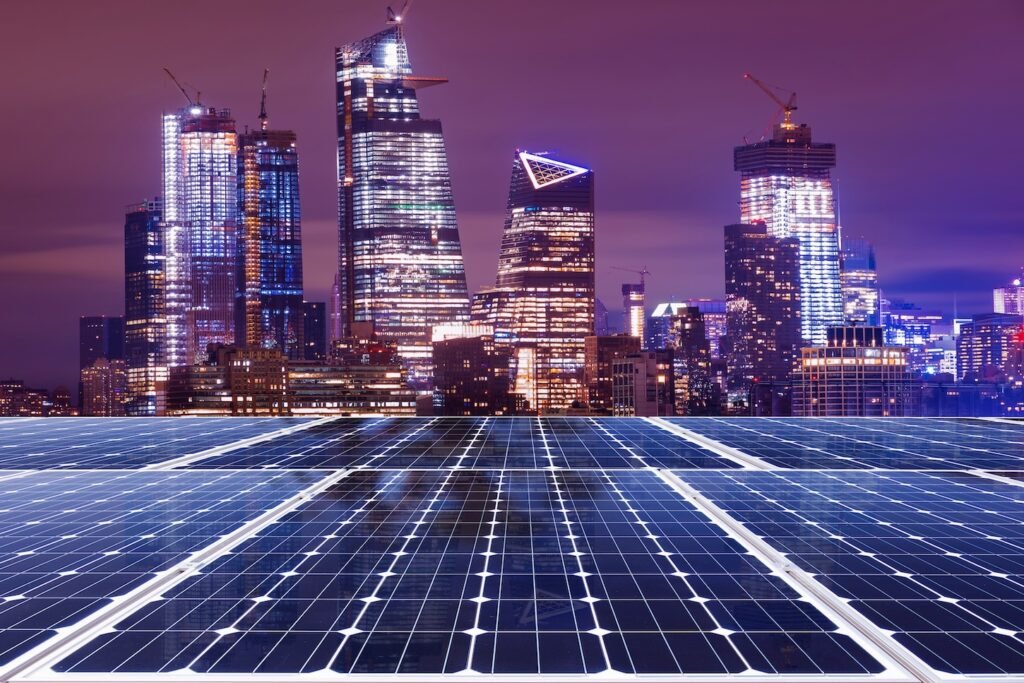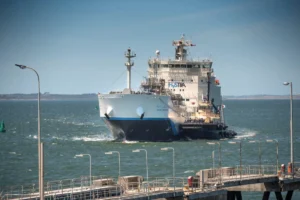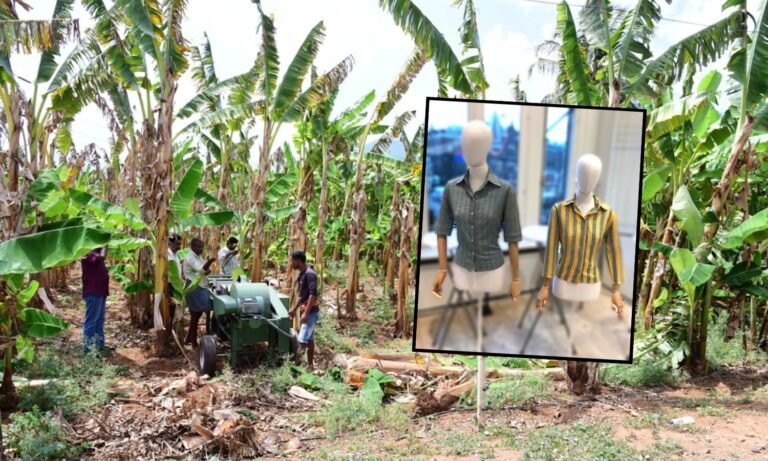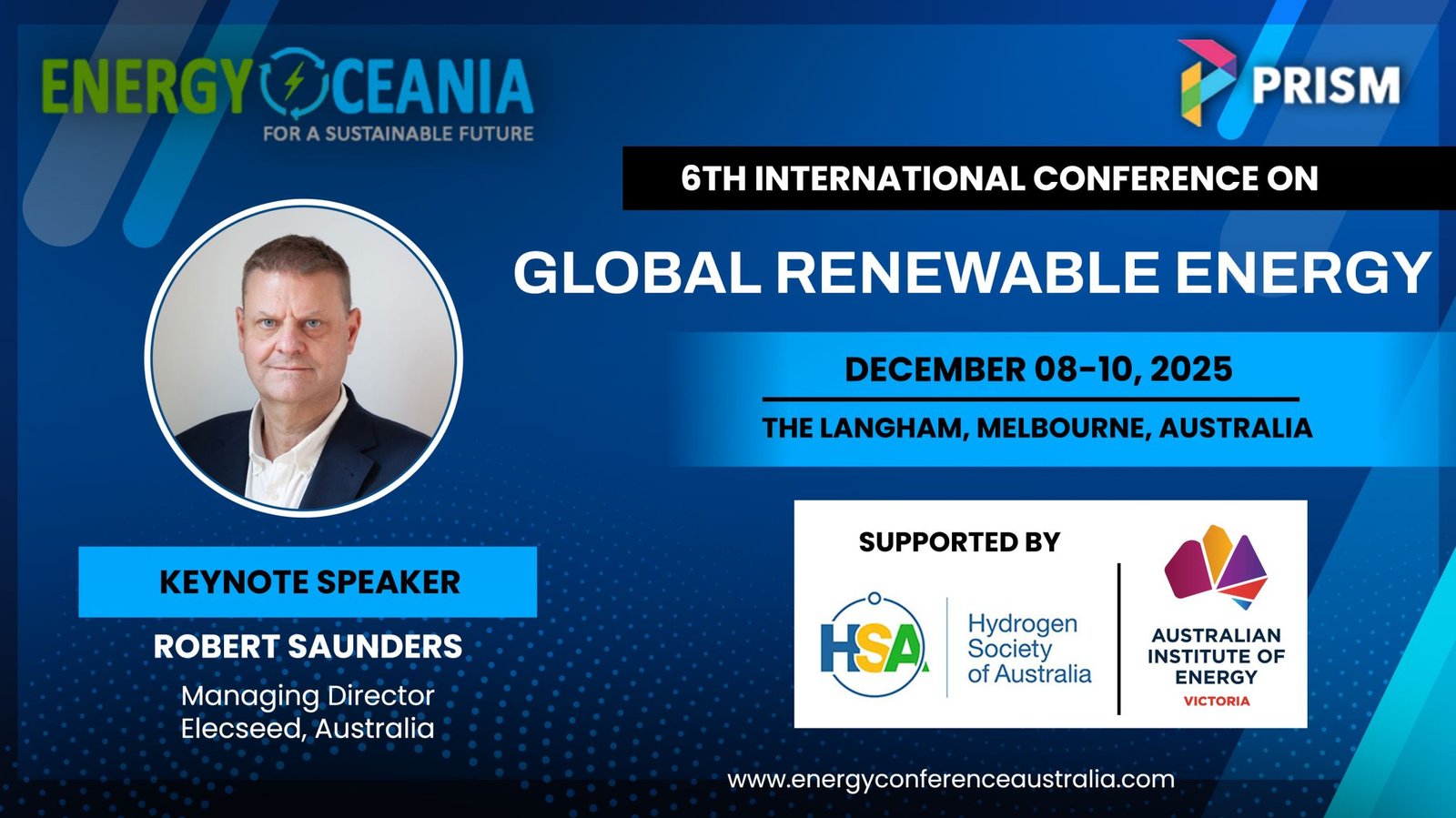By Caroline Wang. Published June 2025 Australia Institute of International Affairs (AIIA)
Future Made in Australia is, as the name suggests, Future-Focused. So, to Australian policymakers, let’s wake up and align whole-of-government thinking and action, with the Future—
…. that is, the rapidly emerging decarbonised global economy in which China and our geography in Asia are decisive—so that we can seize the time-critical opportunity to secure our prosperity, energy security, and resilience for future generations.
China is leading the charge in the global clean energy race, leaving Australia with a critical choice: engage or fall behind. A strategic reset is needed to align Australia’s climate ambitions with the emerging reality of Chinese innovation and industrial scale.
I’ve seen the future, and it’s in China. On a recent trip, I saw the futuristic factory of solar giant LONGi in Jiaxing, with its omnipresent robots, combining automation, big data, artificial intelligence, and Internet of Things to flexibly customise solar photovoltaic (PV) module components for diverse application scenarios and customers, revolutionising advanced manufacturing at speed and scale. This is not an isolated case.
China leads the world by a huge and growing margin across almost all of the frontiers of our decarbonised future, from sophisticated clean tech manufacturing to domestic renewable energy installations to foreign direct investment into the energy transition.
In April alone, China installed over 45GW of solar power capacity, more than Australia’s entire solar fleet.
China’s global leadership in clean energy manufacturing and deployment is the culmination of ambitious and consistent government policies over two decades that have driven substantial and ongoing investments. In 2024, some 76 percent of global clean-tech factory investment in 2024 went to support manufacturing in China, according to a recent Bloomberg report.
On a site visit to the Quzhou factory of Tier one PV module manufacturer DAS Solar, we learned that it manufactured over 30GW in PV modules in 2024 alone. DAS Solar’s Chief Technology Officer Dr Song Dengyuan is a proud UNSW alumnus trained under Australian solar pioneer Professor Martin Green. The company is currently collaborating with UNSW on a joint research project to develop high efficiency solar cells.
In fact, the Australia-China solar story is a powerful and enduring one. The solar industry was born out of a close collaboration between Green, who began researching solar cells in 1974, and his PhD student Dr Zhengrong Shi, who started China’s first solar manufacturing company, Suntech Power, in 2001. As John Grimes, CEO of peak industry body the Smart Energy Council said in an inspiring talk to our cohort of emerging leaders in clean energy, “There is no relationship stronger, more genuine, more heartfelt in the Aus-China relationship than that in the PV sector.”
Australia and China have powerful resource and supply chain complementarities to drive powerful mutual benefit.
Australia has some of the world’s largest reserves of the minerals driving the energy transition. We are world number one in both iron ore and lithium production. China brings world-leading clean tech innovation, unparalleled manufacturing scale, and established pathways into vast global markets. Australian research innovation paired with Chinese entrepreneurship led to commercialisation in China, with significant support from Chinese local governments, US investors, and German manufacturers. This was the crucible of China’s PV industry success, which has enabled solar PV to become the world’s cheapest source of energy and primary driver of the global energy transition.
Australian Professor Martin Green, widely known as the “father of solar,” is a first order celebrity in China, having taught a generation of Chinese PhD students at the UNSW School of Photovoltaic and Renewable Energy Engineering (SPREE). These alumni have since reached over 600 members. Attending the SPREE alumni event in Shanghai during my visit, it was clear that the UNSW and Chinese PV industry had strong and enduring ties of friendship between our two countries. It would be opportune for the Australian Government to harness the momentum and goodwill that already exists to rebuild trust.
In collaboration, Australia and China could produce any product using green energy—PV modules, polysilicon, lithium, iron and steel, ammonia, battery energy storage systems—which would be a game changer for the whole energy system, with implications for addressing the existential climate crisis humanity faces.
Indeed, as the world pivots to energy security, decarbonisation and economic resilience, countries around the world are sending government and technical delegations to China to learn and partner. Joint clean tech manufacturing projects (like Stellantis and CATL EV battery plant) and R&D centres (like Renault’s Advanced China Development Centre or Changan’s R&D centre in Thailand) are burgeoning, reflecting the increasing regionalisation of supply chains and the need for technology transfer to enable local manufacturing.
After a lost decade of climate wars in Australia, the renewed Albanese Government – with its strong mandate – positions our country to decisively realise our vast renewable energy potential and transition out of a historical overdependence on fossil fuel exports, as the latter enters inevitable structural decline.
Beyond the obvious climate imperative, this is about safeguarding our prosperity.
If Australia is serious about a Future Made in Australia (FMIA), partnering with China is a must, not an option as I have previously argued.
We need access to Chinese supply chains, technology, experience, and expertise to help us achieve net zero by 2050 and the ambitious reindustrialisation goals set in FMIA.
That this simple pragmatism has not found its way into the Australian Government’s thinking lies in the fact, as Grimes observed, that a crude geostrategic lens continues to distort the Australian government’s thinking on partnership with China.
On a deeper level, this thinking is rooted in what Treasurer Jim Chalmers aptly characterised as the “fault line between the nostalgists and the strategists.”

About Caroline Wang : A China Policy Analyst at Climate Energy Finance, an independent Australian think-tank supporting the energy transition. She visited Shanghai in June as part of the Empowering Emerging Leaders in Clean Energy (ELICE) exchange program funded by the National Foundation for Australia-China Relations (NFACR) and facilitated by the UNSW School of Photovoltaic and Renewable Energy Engineering in partnership with the Yangtze Institute for Solar Technology (YIST).
This article is published under a Creative Commons License and may be republished with attribution.















